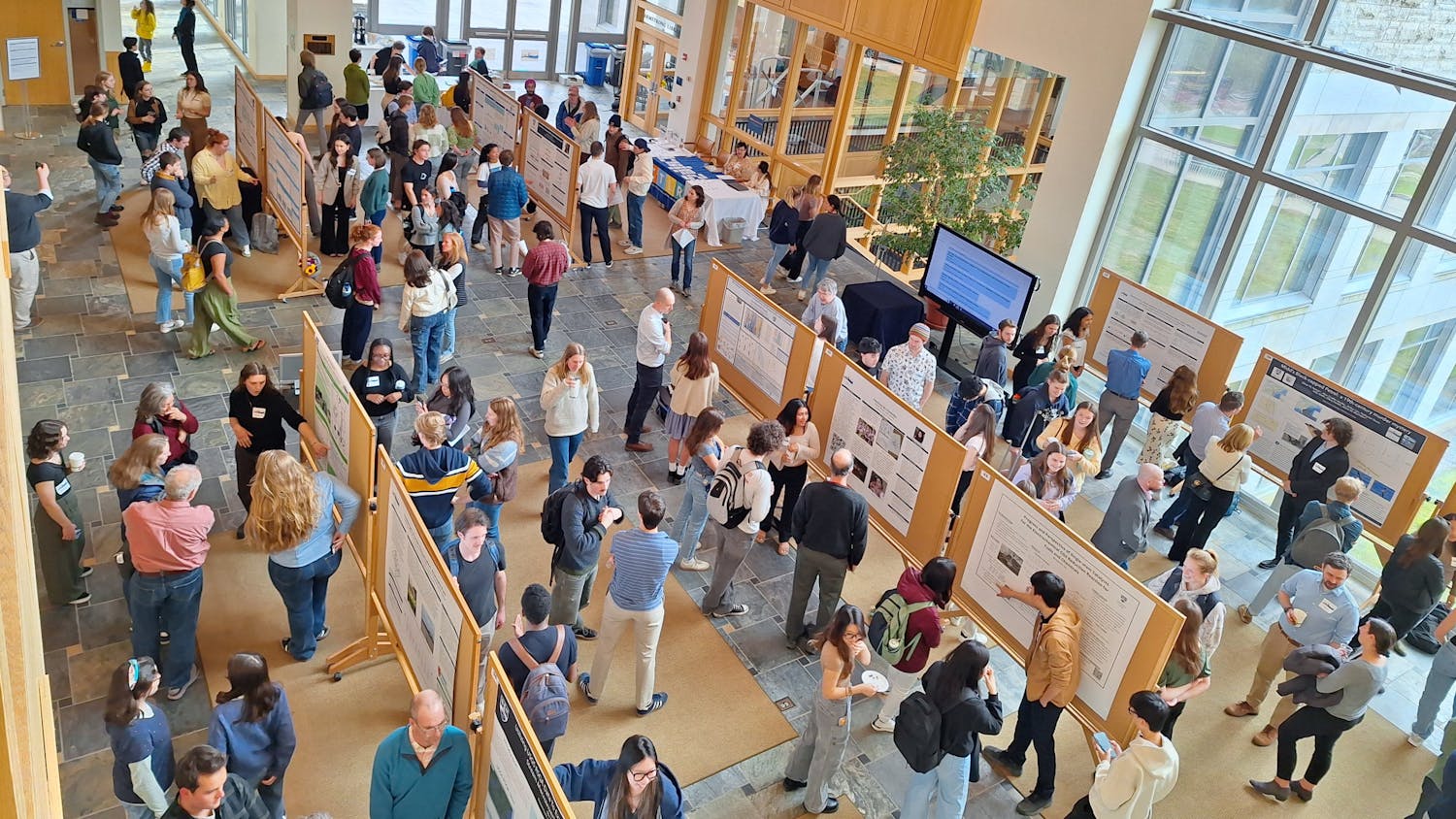Americans tend to dislike regulations. We don’t like being told what to do, much less how or why to curb our appetites. Yet we are in the midst of a social transformation based on rethinking the value of local and organic foods that is both market-driven and ethically compelling. Consumers want to know where their food comes from and what’s in it. Shoppers want grass-fed, not feed-lot beef, eggs from free-range hens, seasonal vegetables, organic milk, micro-brews — and even Vermont wine. The demand for foods like these is driven not only by health concerns (burgeoning obesity, high rates of heart disease and cancer) but also by the fact that organic and local foods taste better. Investing in them supports our community in all kinds of ways.
But while we are busy being green, we too readily forget that this is a blue planet. One of the ingredients of our gustatory lives often left out of the conversation is seafood. The many kinds of fish available at local grocery stores and specialty shops hide a simple, horrifying fact: the oceans are being overfished dramatically, emptied of life at a rapid rate. Overfishing has destroyed once-abundant stocks of groundfish (cod, flounder), billfish (swordfish, marlin), several species of tuna, Patagonian Toothfish and too many others to mention here. Rapacious resource extraction by humans has caused entire marine ecosystems to collapse (in the Black Sea, on the Grand Banks of Newfoundland and elsewhere).
Consider sashimi — a particular vice of mine. This popular (and largely urban) fare is made possible by industrial fishing (pelagic fleets, flash freezing) and distribution. It is also unsustainable. Many fisheries experts consider the eating of large marine predators, such as Bluefin Tuna, the equivalent of eating Bengal Tigers or Snow Leopards. Should we really be consuming the top-level predators that regulate marine ecosystems, especially now that we know that their populations are a tiny fraction of their historical abundance?
Aquaculture (farmed fish) seems an easy answer. But most farmed fish, such as Atlantic Salmon, require enormous amounts of feed from species lower on the food chain and all kinds of chemical and medical additives to be safe and appealing to eat. The meat of a farm-raised salmon isn’t naturally orange. It’s grey. To make it look orange (like it should), fish farms use oil-based dyes. The meat contains relatively high levels of pollutants. Do you really want to be eating fish laced with petrochemicals, PCBs and antibiotics? The canard of “organically farm-raised fish” is simply a marketing ploy: there is no FDA organic standard for fish. There is no such thing as organic or environmentally sensitive farmed salmon. Tilapia is a much more environmentally friendly option. So are mussels.
The tension between food choice and eating locally (not to mention ethically) is a tough one. Should we really limit ourselves to root vegetables in the winter because fresh greens aren’t locally in season? Maybe not. Should we pay attention to what kind of fish we eat and where we get it? Absolutely. If you want to be blue as well as green, keep up to date with the Seafood Eaters’ Guides from the Monterrey Bay Aquarium and Blue Ocean Institute. And skip the Orange Roughy, please!
Daniel Brayton is an Assistant Professor of English and American Literatures.
Daniel Brayton: On being blue
Comments



